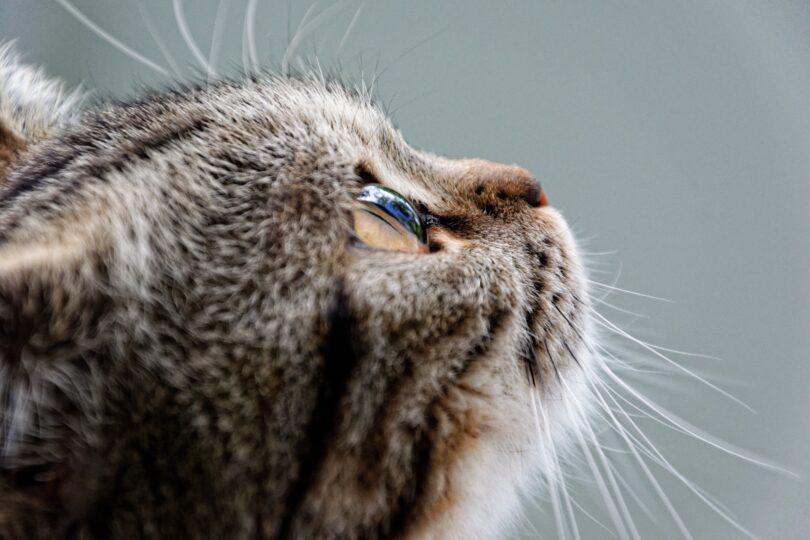Cats generally do not have a natural requirement for trimming or shaving. Their coat naturally helps regulate their body temperature, and regular brushing is usually sufficient. However, there are situations where shaving may be beneficial.
Reasons to Trim a Cat’s Coat:
- Matting: Cats with long coats that become severely matted may require shaving. This can occur in older or overweight cats who have trouble grooming themselves.
- Hairballs: Cats prone to frequent or severe hairballs might benefit from being shaved, as it reduces the amount of hair ingested.
- Parasites or Skin Problems: Shaving can make it easier to spot and treat issues like fleas, mites, infections, etc.
- Shedding: Some owners may choose to shave their cats to reduce shedding, though it won’t eliminate it entirely.
How to Remove Mats:
- It’s important to brush or comb the hair down to the skin to prevent mats.
- Focus on one area at a time, gently brushing in the direction of hair growth.
- For heavily coated cats, lift the hair to see down to the skin.
- Small mats can be carefully untangled, but larger mats should only be handled by a professional groomer or veterinarian.
How to Safely Trim or Shave Your Cat:
- Trimming or shaving a cat requires caution and expertise.
- Cats may not cooperate, and their thin skin is easily injured.
- Clippers are sharp and can heat up, potentially causing burns.
- Scissors should not be used for large areas.
- Always bring your cat to a professional groomer or vet for shaving or trimming.
Types of Trims:
- Lion Cut: Shaves the body while leaving the head, mane, and tail fluffy. Legs are usually trimmed halfway down.
- Teddy Bear/Pajama/Comb Cut/Plush Trim: Leaves about 1/2 to 1 inch of hair, offering benefits of a shorter coat while providing some protection.
Is It Bad to Shave a Cat?
- While shaving can be beneficial in certain situations, it’s important to consider potential downsides.
- Shaved cats are more susceptible to sunburn, scratches, and cold weather.
- Regular grooming is still necessary to prevent future matting.
Remember, if your cat has specific health issues, their hair may not fully grow back after being shaved. Always consult with a professional groomer or vet for guidance on the best approach for your cat’s individual needs.







